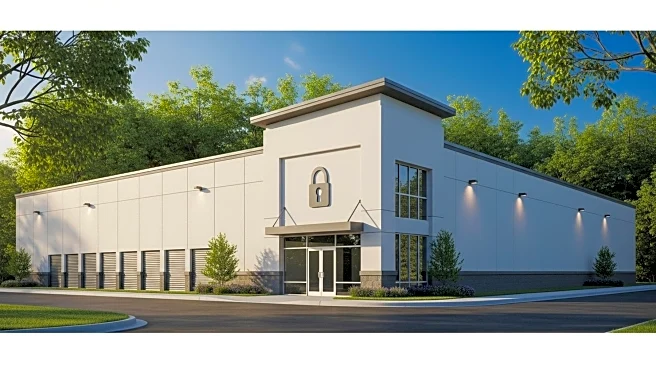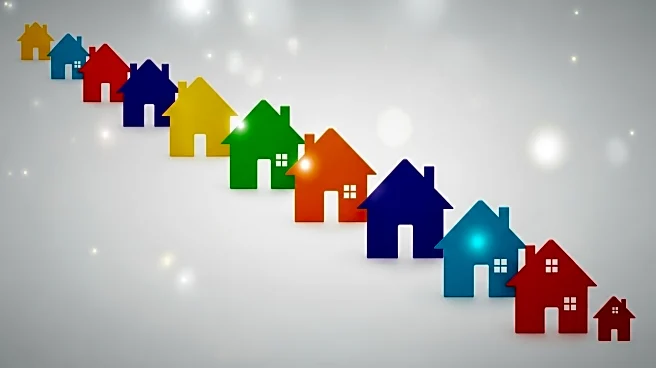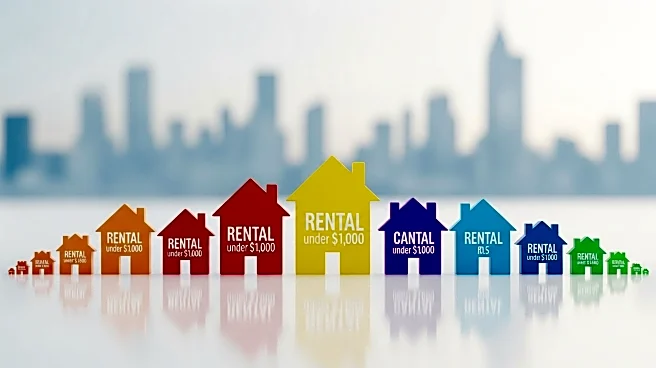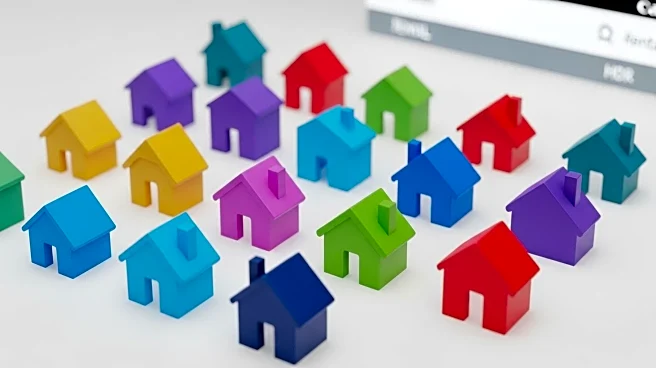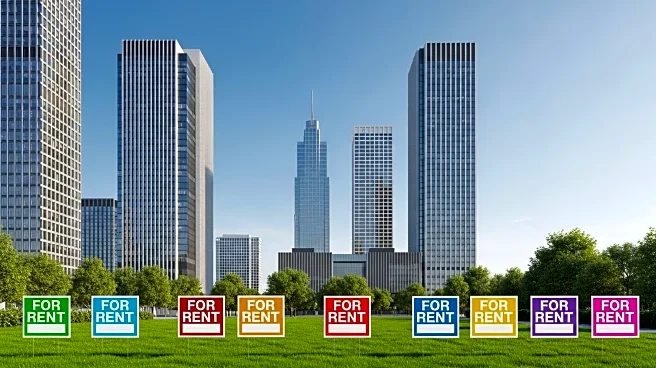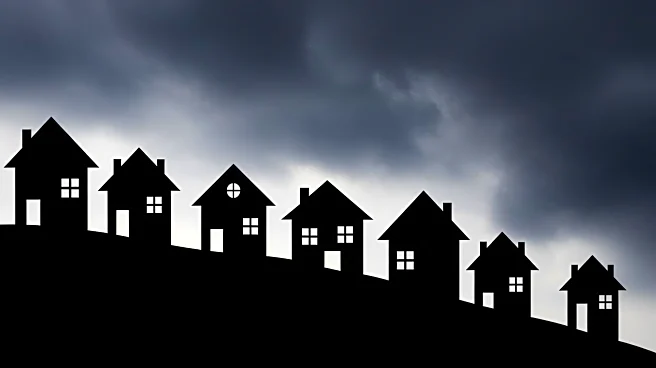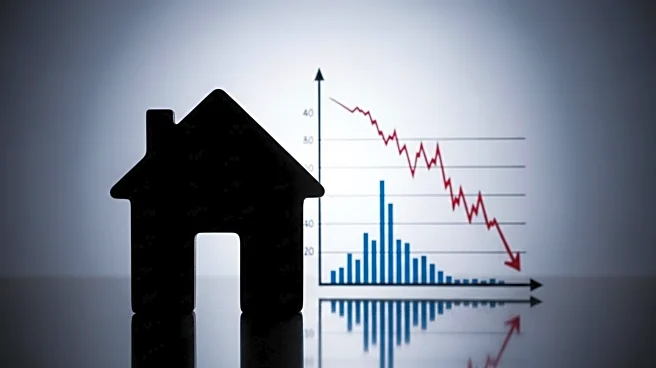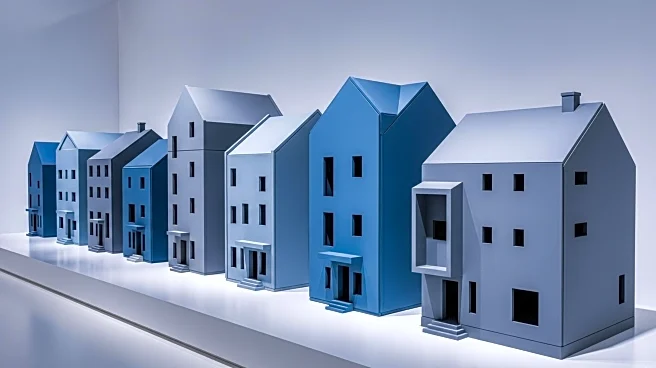What is the story about?
What's Happening?
The U.S. rental market is witnessing a significant demographic shift as older Americans, particularly those aged 55 and above, are increasingly choosing to rent rather than own homes. This trend is driven by various factors, including the rising costs of homeownership and the desire for more flexible living arrangements. According to recent data, older renters are the fastest-growing segment in the rental market, outpacing younger age groups. This shift is partly due to the aging population and economic pressures, such as the high cost of living and housing prices. Many older individuals are opting to rent single-family homes or share apartments with roommates to alleviate financial burdens. This change reflects a broader trend where older Americans are moving away from traditional homeownership to renting, which offers them flexibility and reduced maintenance responsibilities.
Why It's Important?
The growing number of older renters is reshaping the U.S. rental market, influencing the types of housing that developers focus on. As demand for age-friendly and accessible housing increases, developers may prioritize building homes with features suitable for older adults, such as single-level layouts and proximity to healthcare and public transportation. This demographic shift also highlights the economic challenges faced by older Americans, who may be renting to unlock home equity or reduce living expenses. The trend could lead to increased demand for affordable housing options, as many older renters live on fixed incomes. Additionally, the rise in older renters may impact the financial stability of this age group, as they spend more on rent and have less ability to save for retirement.
What's Next?
As the trend of older Americans renting continues, the rental market is expected to see further growth in this demographic. Experts predict that by 2040, renters aged 65 and above will constitute a larger share of the market, potentially reaching 27 percent. This increase will likely drive demand for housing that caters to the needs of older adults, prompting developers to focus on creating accessible and affordable living spaces. The shift may also influence public policy and housing regulations, as the need for age-friendly housing becomes more pronounced. Stakeholders, including policymakers and housing developers, will need to address the challenges posed by this demographic change to ensure adequate housing options for older renters.
Beyond the Headlines
The trend of older Americans renting instead of owning homes raises important questions about the long-term implications for retirement planning and financial security. As more seniors opt for renting, they may face challenges in building wealth through home equity, traditionally a key component of retirement savings. This shift could lead to increased reliance on social safety nets and government programs to support older adults. Additionally, the growing presence of older renters may influence cultural perceptions of aging and housing, as shared living arrangements become more common among seniors. The trend also underscores the need for communities to adapt to the changing demographics by fostering inclusive environments that accommodate the diverse needs of older residents.
AI Generated Content
Do you find this article useful?


